How Physiotherapy Can Help You Relieve Lower Back Pain
Do you suffer from lower back pain?
Physiotherapy can help!
Physiotherapy is a type of treatment that uses exercise, massage, and other techniques to help you improve your range of motion, strength, and flexibility.
If you’re interested in learning more about how physiotherapy can help you with your lower back pain, please read on.
What Is Physiotherapy?
Physiotherapy, also known as physical therapy, is a healthcare profession that helps people improve their movement and function. Physiotherapists use a variety of techniques, including exercise, massage, and manual therapy, to help people with a wide range of conditions, including lower back pain.
How Does Physiotherapy Work For Lower Back Pain?
Physiotherapy works by using a variety of techniques, including:
- Exercise: Physiotherapists will design a personalized exercise program to help you strengthen your core muscles and improve your flexibility.
- Massage: Massage can help to reduce pain and inflammation.
- Heat therapy: Heat therapy can help to relax muscles and reduce pain.
Cold therapy: Cold therapy can help to reduce inflammation and pain. - Electrical stimulation: Electrical stimulation can help to reduce pain and improve muscle function.
What Are The Benefits Of Physiotherapy For Lower Back Pain?
The benefits of physiotherapy for lower back pain include:
- Pain relief
- Improved range of motion
- Increased strength
- Improved balance and coordination
- Reduced inflammation
- Improved quality of life
Exercises To Overcome Lower Back Pain
Here are some exercises that can help to overcome lower back pain:
Knee to chest stretch: Lie on your back with your knees bent. Bring one knee towards your chest and hold it with both hands. Hold for 30 seconds and repeat on the other side.
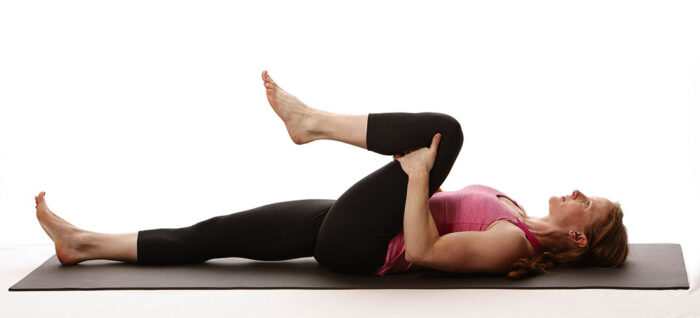
Cat-cow Exercise: Start on your hands and knees, with your back straight. As you inhale, arch your back and look up. As you exhale, round your back and tuck your chin towards your chest. Repeat 10 times.
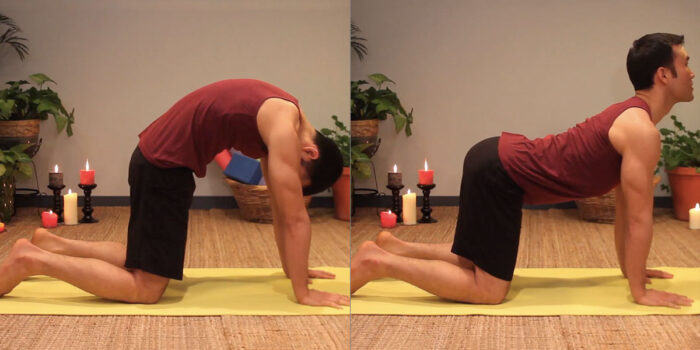
Bird dog Exercise: Start on all fours, with your hands under your shoulders and your knees under your hips. Extend your right arm and left leg straight out in front of you. Hold for 30 seconds and repeat on the other side.
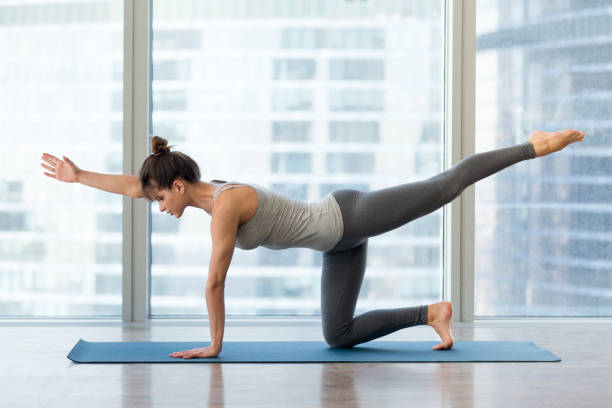
Bridge Exercise: Lie on your back with your knees bent and your feet flat on the floor. Place your arms at your sides, palms down. Slowly raise your hips off the floor until your body forms a straight line from your shoulders to your knees. Hold for 30 seconds and lower back down.
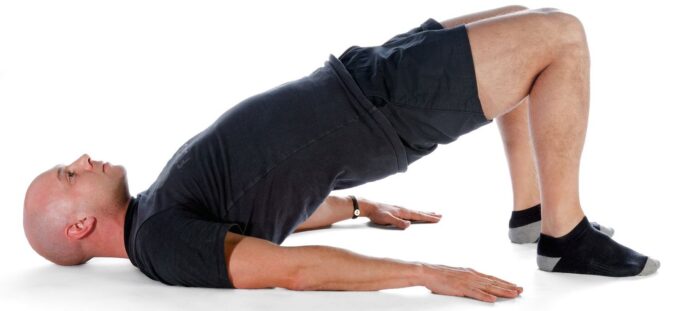
Plank Exercise: Start in a push-up position with your forearms on the ground directly under your shoulders and your body in a straight line from your head to your heels. Engage your core and tighten your glutes. Hold the position for as long as you can, making sure to maintain good form.
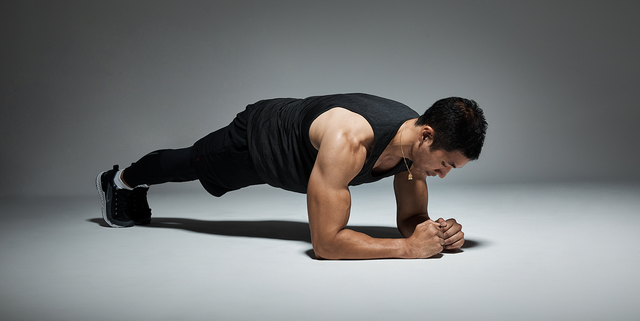
How To Prevent Lower Back Pain
- Maintain a healthy weight: Carrying extra weight can put extra strain on your back.
- Strengthen your core muscles: Strong core muscles can help support your back and prevent pain.
- Stretch regularly: Stretching can help improve your flexibility and reduce your risk of injury.
- Lift with your legs, not your back: When lifting something heavy, bend your knees and lift with your legs.
- Take breaks: If you have to sit for a long time, get up and move around every 20-30 minutes.
- Use good posture: When you’re standing, sitting, or lying down, make sure your spine is in a neutral position.
- Avoid smoking: Smoking can weaken your bones and make you more likely to develop osteoporosis, which can increase your risk of back pain.
- Get enough sleep: When you’re well-rested, your body is better able to heal and repair itself.
Gas can sometimes cause back pain, especially if it is trapped in the intestines. This can put pressure on the spine and cause pain.
There are a number of ways to get rid of lower back pain. Some common treatments include:
- Rest
- Applying Ice therapy
- Applying Heat therapy
- Over-the-counter pain medication
- Physical therapy
- Surgery
There are a number of exercises that can help to strengthen the muscles in your back and improve your flexibility. Some common exercises include:
- Knee to chest stretch
- Cat-cow pose
- Bird dog pose
- Bridge pose
- Plank pose
Poor Posture and Ergonomics: Prolonged sitting, especially with improper posture or inadequate lumbar support, can strain the muscles and structures in the lower back, leading to pain.
Muscle Strain: Overstretching or tearing of the muscles and ligaments in the lower back, often due to improper lifting, sudden movements, or poor posture.
Herniated Disc: When one of the intervertebral discs in the spine protrudes or ruptures, it can put pressure on the nearby nerves, resulting in lower back pain.
Traumatic Injury: Accidents, falls, or sports-related injuries can cause fractures, sprains, or other traumatic damage to the structures in the lower back, resulting in pain.
- Poor posture and prolonged sitting or standing in positions that stress the lower back.
- Lack of regular exercise and physical activity, leading to weak muscles.
- Emotional stress and tension, leading to muscle tightness and increased sensitivity to pain.
- Medical conditions like kidney stones, infections, or endometriosis may cause referred pain.
- Excess weight or obesity, putting added strain on the lower back
If you are experiencing lower back pain, do not hesitate to seek help from qualified physiotherapists at Mobiphysio in Coimbatore. We can help you diagnose the cause of your pain and develop a treatment plan that will help you get back to your normal activities.

